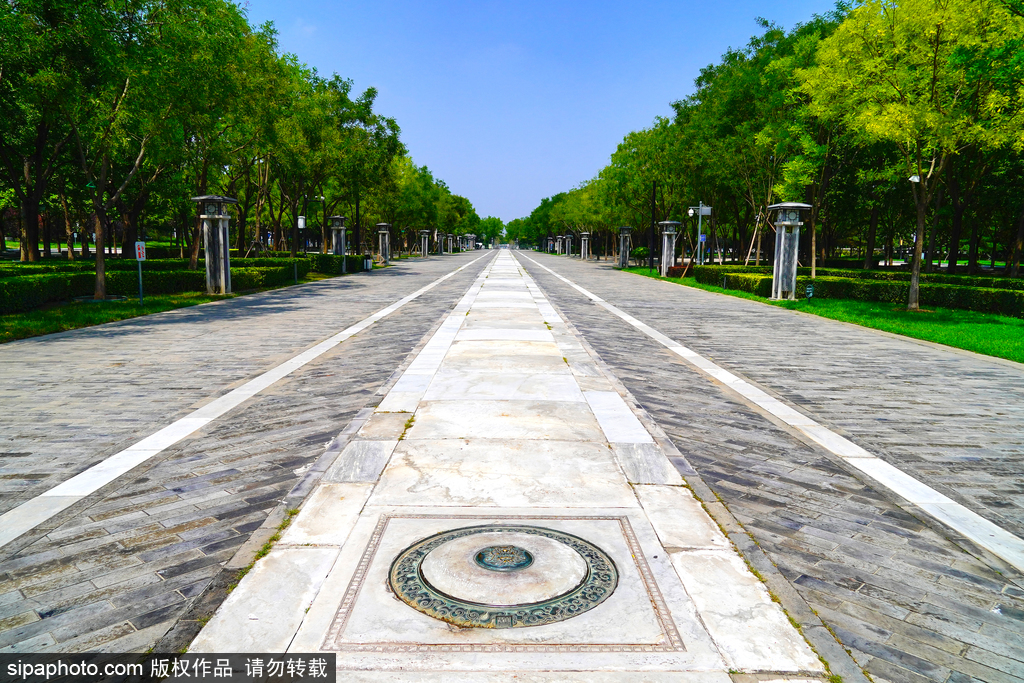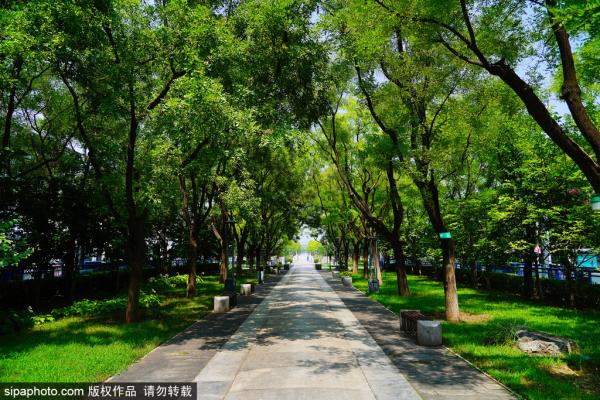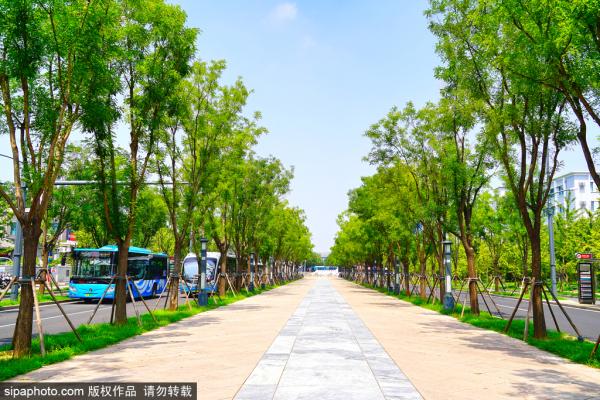Southern Section Road Archeological Sites (中轴线南段道路遗存)
The southern section of the central axis roads is a key link between well-arranged urban complexes and public spaces.

-
Tel:
86-10-67692146 -
Best Time to Visit:
All year -
Duration:
30 minutes -
Admission:
Free Free -
Opening Hours:
6:00-22:00
Description
Southern Section Road Archeological Sites (中轴线南段道路遗存)
The southern section of the central axis roads is a key link between well-arranged urban complexes and public spaces. It was on the route that had to be passed for national rituals and ceremonies during the Ming and Qing dynasties. The Southern Section Road Archeological Sites are the material evidence that irrefutably show the location, orientation, engineering techniques, and history of continuous use of the central roads, bearing witness to the state ritual traditions that has continued on Be...
Read MoreSouthern Section Road Archeological Sites (中轴线南段道路遗存)
The southern section of the central axis roads is a key link between well-arranged urban complexes and public spaces. It was on the route that had to be passed for national rituals and ceremonies during the Ming and Qing dynasties. The Southern Section Road Archeological Sites are the material evidence that irrefutably show the location, orientation, engineering techniques, and history of continuous use of the central roads, bearing witness to the state ritual traditions that has continued on Beijing Central Axis to this day.
Location and Layout
The Southern Section Road Archeological Sites comprise a series of central roads remains from the Zhengyangmen Gate to the Yongdingmen Gate. There are currently three sites that have been found by the end of 2022. The Stone Road Site North of the The Road Foundation Site North of the Yongdingmen Gate is located 100 meters north of the Yongdingmen Gate. The remaining stone slabs are roughly symmetrical to Beijing Central Axis, demonstrating the pavement and construction of the imperial roads in the outer city in the Qing dynasty.
The Road Foundation Site North of the Yongdingmen Gate is about 400 meters north of the Yongdingmen Gate. It shows the use of the central road in the different historical periods since the Ming dynasty. The Drainage Ditch Site on the South of Zhushikou is located about 5 meters south of the Zhushikou Church, representing the location and structures of the brick ditches on both sides of the central road in the Qing Dynasty.
Architecture and Landscape
The Stone Road Site North of the Yongdingmen Gate consist of two roadways paved with granite slabs. The pavement of the slabs on both sides are the same, using stripe-shape granite that match the records in the historical documentation of the Qing dynasty.
The Road Foundation Site North of the Yongdingmen Gate has the remains of seven sets of roads stacked upon one an-other (L1-L7). These can be divided into the following categories based on the construction time: before 1729 (L7); between 1729 and the Republican period (L6); the Republican period (L5); and modern times (L1-L4).
The exposed part of the Drainage Ditch Site South of Zhushikou is laid with blue-gray bricks, with the top covered with stone slabs, and the bottom paved with bricks. Beneath the bricks are pegs, showing the engineering techniques in constructing drainages on the side of the central road that was functional during the Qing dynasty.
Functions and Traditions
The southern section of central axis road was the passage-way for emperors to go to the southern suburbs for sacrificial ceremonies. The remains of the road indicate that the central roads in that section of Beijing Central Axis were used from the Jiajing reign of the Ming dynasty and continuously maintained and reconstructed at different periods of history. They are the tangible carriers of the routes of imperial ceremonial and ritual activities during the Ming and Qing dynasties.
History and Development
The Southern Section Road between the Zhengyangmen Gate and the Altars of Heaven and Earth and Mountains and Rivers already existed in 1420. The road from the Tianqiao Bridge (Celestial Bridge) to the Yongdingmen Gate was repaved with stone in 1729. In 1791, an earthen road of two zhang (traditional Chinese length unit, one zhang is around 0.3 meters) wide was added to the sides of the imperial road. The board-covered ditches flanking the stone-paved roadway were successively reconstructed with bricks. Six more ditches were built, flanking the stone-paved central passageway greatly changing the landscape of the section between the Tianqiao Bridge and the Yongdingmen Gate. The Jiaqing Emperor had the ditches infilled, claiming that they had damaged the fengshui in 1813. The road remains and Qing dynasty slabs were rediscovered in 2004. In 2022, archaeologists further discovered the Road Foundation Site North of the Yongdingmen Gate and the Drainage Ditch Site South of Zhushikou.


